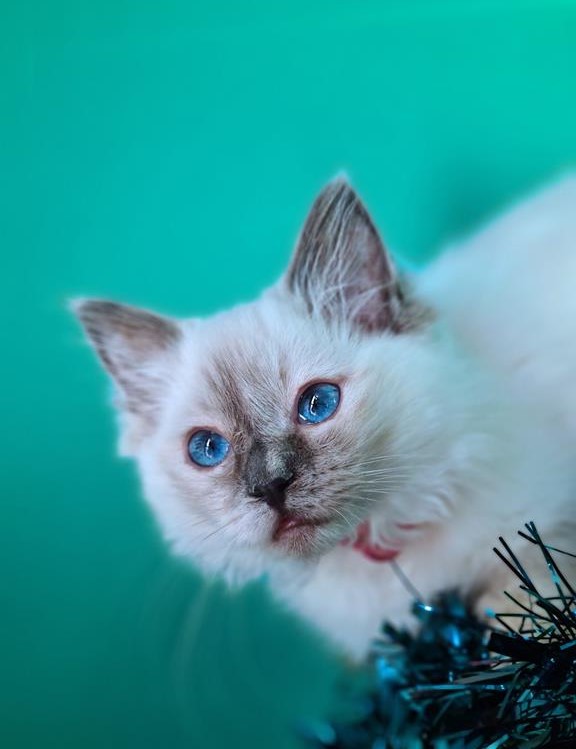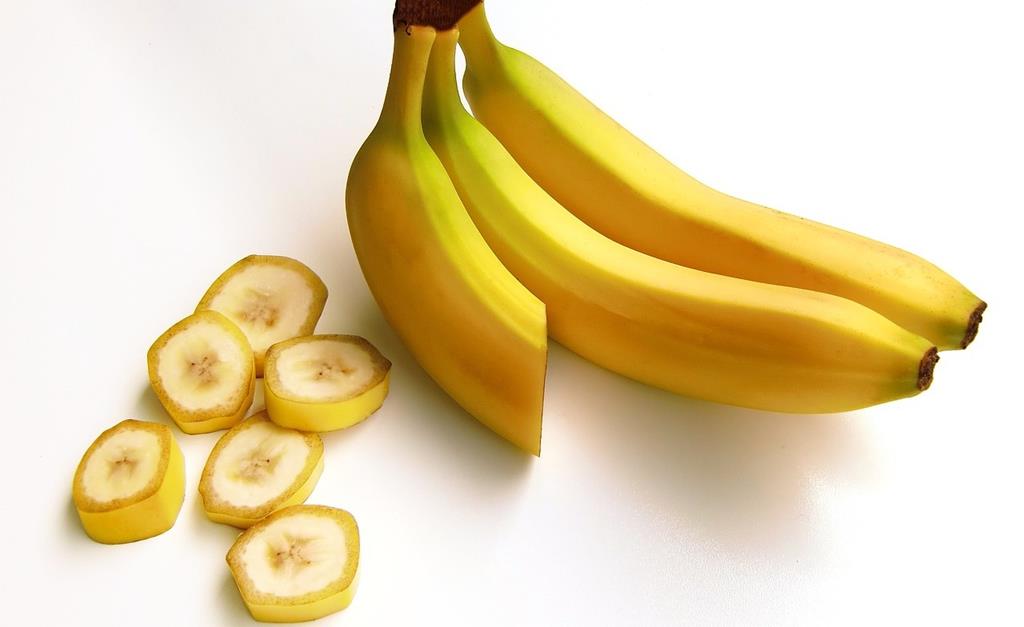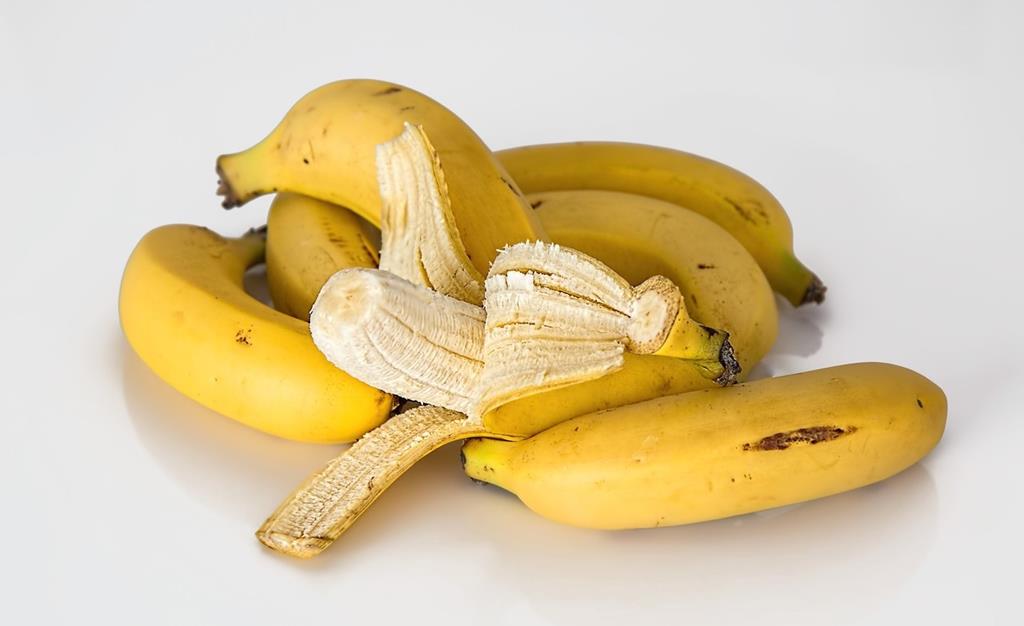Cats are known for their particular dietary preferences, primarily consisting of animal-based proteins. However, as cat owners, we may wonder about the safety and suitability of offering our feline friends a taste of fruits like bananas. In this article, we’ll delve into the question: can a cat eat banana? We’ll explore the potential benefits and risks of feeding bananas to cats, and provide guidelines for safe consumption.
Can Cats Eat Bananas?
Yes, cats can eat bananas in moderation. Bananas are non-toxic to cats and can be offered as an occasional treat. However, it’s essential to consider several factors before sharing this fruit with your furry companion.
Benefits of Feeding Cats Bananas
- Dietary Fiber: Bananas contain dietary fiber, which can help regulate a cat’s bowel movements and prevent constipation.
- Vitamins and Minerals: Bananas provide essential vitamins and minerals such as vitamin C, potassium, and vitamin B6. These nutrients contribute to a cat’s overall well-being.
- Taste and Variety: Some cats may find the taste and texture of bananas appealing. Offering a small piece of banana can provide variety in their diet and make treat time more enjoyable.

Precautions When Feeding Cats Bananas
While bananas are generally safe for cats, it’s crucial to be mindful of certain precautions:
- Portion Size: Offer bananas in small, controlled portions. Cats should consume bananas as a treat, not as a primary food source. Excessive fruit consumption can lead to an unbalanced diet.
- Mash or Slice: To make it easier for your cat to consume, mash or slice the banana into small pieces. Cats may struggle with the texture of a whole banana.
- Allergies and Sensitivities: Some cats may have allergies or sensitivities to fruits like bananas. Watch for any adverse reactions, such as vomiting or diarrhea, after introducing bananas into your cat’s diet.
- Sugar Content: Bananas contain natural sugars, which, if consumed in excess, can contribute to weight gain and dental issues. Monitor your cat’s overall sugar intake from all sources.
- Consult Your Vet: If your cat has specific dietary requirements, health concerns, or allergies, consult your veterinarian before introducing bananas or any new food into their diet.

How should I prepare bananas for my cat?
If you decide to offer a small amount of banana to your cat, it’s important to prepare it in a safe and appropriate manner. Here are steps on how to prepare bananas for your cat:
- Choose a ripe banana: Select a ripe banana that is yellow with some brown spots. Avoid green or unripe bananas, as they may be harder for your cat to digest.
- Peel the banana: Remove the peel from the banana. Cats are not likely to eat the peel, and it can be tougher to digest.
- Cut it into tiny pieces: Slice the banana into small, bite-sized pieces. Cats have small mouths, so make sure the pieces are manageable for them to eat.
- Offer a small amount: Start by offering just a tiny piece of banana as a treat. Monitor your cat’s reaction to see if they show interest and if they tolerate it well.
- Observe for any adverse reactions: After your cat has eaten a small piece of banana, watch for any signs of discomfort or digestive issues. Some cats may experience upset stomachs if they consume too much fruit.
- Limit the quantity: Bananas should only be an occasional treat for your cat and should not replace their regular cat food. Due to the high sugar content in bananas, it’s essential to offer them sparingly.
- Monitor your cat’s health: Keep an eye on your cat’s overall health and behavior. If you notice any unusual symptoms or reactions, consult your veterinarian immediately.
Conclusion
In conclusion, cats can safely eat bananas in moderation, and this fruit can offer certain nutritional benefits. However, it’s important to remember that bananas should be considered a treat rather than a staple in a cat’s diet. Portion control is crucial to prevent overconsumption of sugar, and any signs of allergies or sensitivities should be promptly addressed. By offering bananas as an occasional treat and considering your cat’s unique dietary needs, you can provide a well-rounded and enjoyable diet that aligns with their natural preferences.



